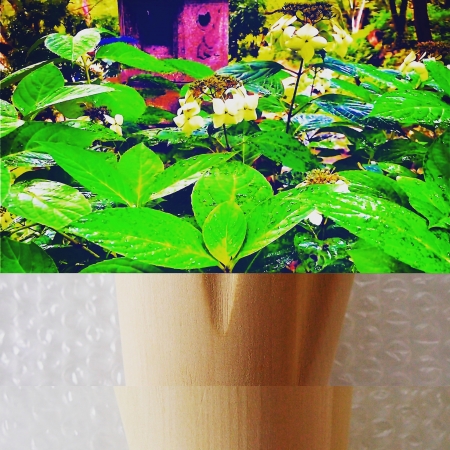色が他律へ
その色にしようとすると、すでに色は別の意味を持ちはじめる。物質の表面色は相対的に決まる。今そこにその物質が必然的に存在しているのならば、その物質の表面色は今そこに存在しているための色をしている。すでに色には何かしらの存在の意味が付着している。そこでデザインをする時に色を考える。相対的にデザインを際立たせるために色を決める。その時色には元々付着していた意味にさらに別の意味を重ね合わせることになる。その重ね合わせは物質本来の色とは関係ないところで行われるので、物質本来の色に影響を与えない。物質の表面色を決める時点で表面色だけが独り歩きをはじめる。その独り歩きが今度はまわりを巻き込みはじめる。自律から他律へ変わるのである。
"Color goes to heteronomy"
When you try to make that color, the color already begins to have a different meaning. The surface color of a substance is relatively determined. If the substance is inevitably present there now, the surface color of the substance is the color that is present there. The meaning of some kind of existence is already attached to the color. So when designing, think about colors. Choose colors to make the design stand out relatively. At that time, another meaning is superimposed on the meaning originally attached to the color. Since the superposition is performed in a place that has nothing to do with the original color of the substance, it does not affect the original color of the substance. At the time of determining the surface color of a substance, only the surface color begins to walk alone. The walking alone now begins to involve the surroundings. It changes from autonomy to heteronomy.


